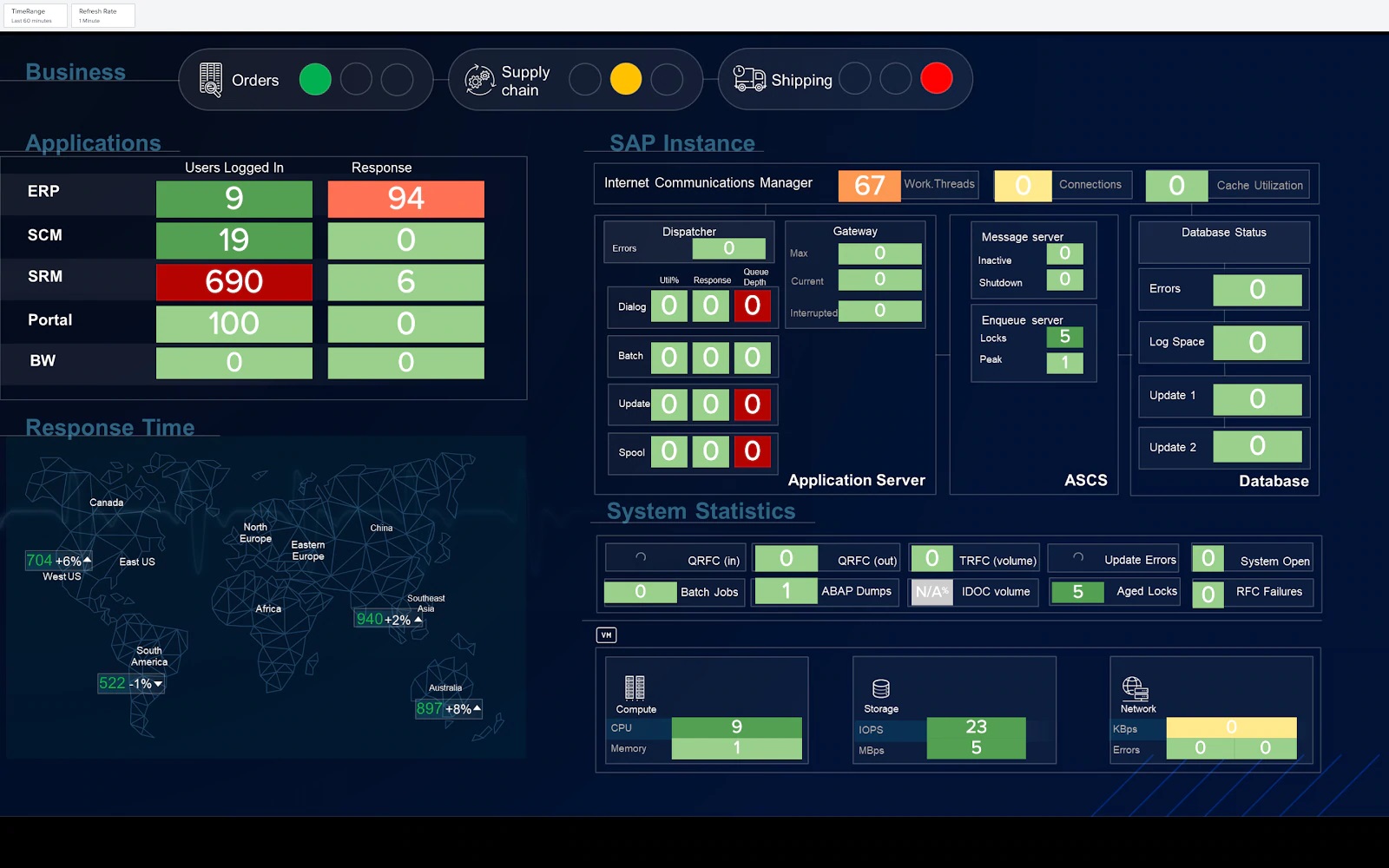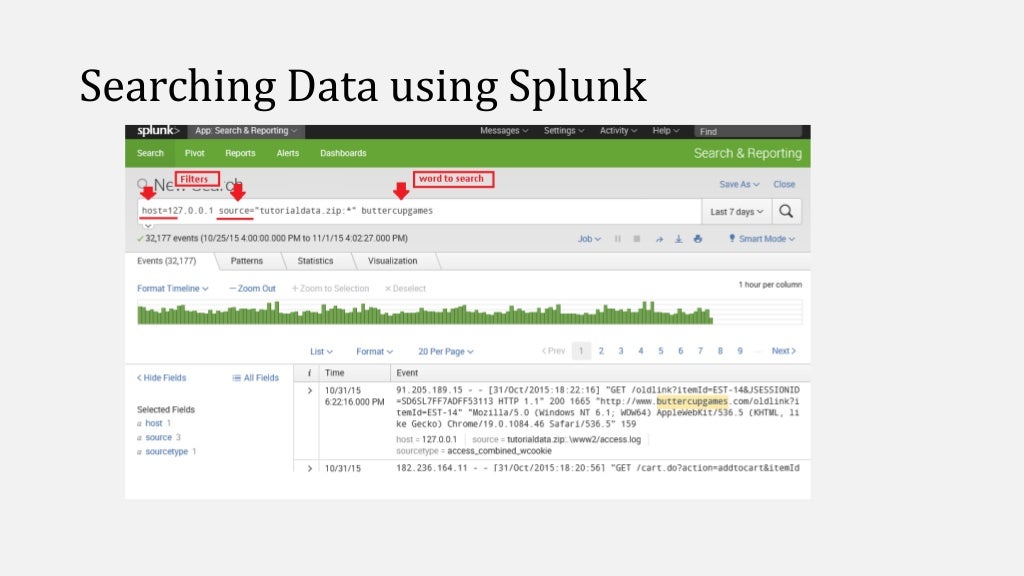

#Splunk join one to many pro#
Pro tip: parallel single actions are the culprit. When transitioning from more than one action block to a single block, some playbooks may stop running unexpectedly.

Pay special attention to operator order when chaining arithmetic operators. result of sub search with the main search and importantly one or more fields should be. That’s probably because of your ‘join’ settings. Entries for which no matching entry in the right-hand vector can be found are not part of the result. The result is propagated into the result vector with the grouping labels becoming the output label set. if a time series vector is multiplied by 2, the result is another vector in which every sample value of the original vector is multiplied by 2.īetween two vectors, a binary arithmetic operator is applied to each entry in the left-hand side vector and its matching element in the right-hand vector. They evaluate to another literal that is the result of the operator applied to both scalar operands ( 1 + 1 = 2).īetween a vector and a literal, the operator is applied to the value of every data sample in the vector, e.g. If no fields are specified, all fields that are shared by both result sets will be used. Optionally specifies the exact fields to join on. Splunk Overlay Chart - Many times, we need to put one chart over another to compare or see the trend of the two charts. The following binary arithmetic operators exist in Loki:īinary arithmetic operators are defined between two literals (scalars), a literal and a vector, and two vectors.īetween two literals, the behavior is obvious: Description: The traditional join command joins the results from the main results pipeline with the search pipeline results provided as the last argument.

Queries act as if they are a distributed grep to aggregate log sources. Learn four methods for combining data sources.
#Splunk join one to many how to#
Before joining Crest, Sean worked as an intern twice at SAP and has led multiple. How to Combine Multiple Data Sources in Splunk SPL TekStream Solutions : Systems : Consulting : Tekstream Solutions There may be situations in which you need to combine multiple data sources in Splunk. LogQL is Grafana Loki’s PromQL-inspired query language. Sean has worked on multiple automation and 508 Compliance projects for Splunk.


 0 kommentar(er)
0 kommentar(er)
